Pacific Dunes — Blurred Lines
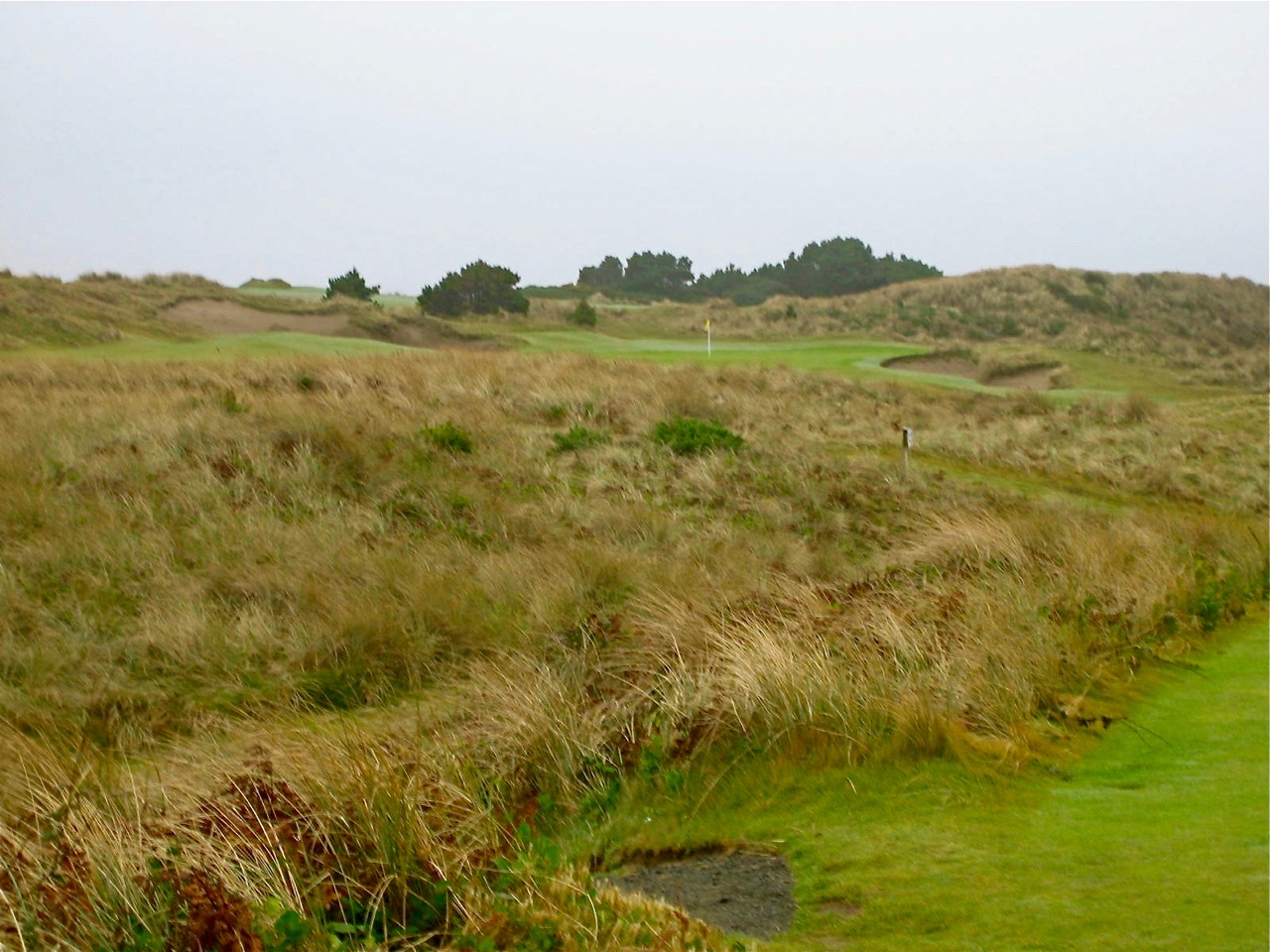
Once when I couldn’t sleep I tried to mentally run through the holes at Pacific Dunes. I normally have strong recall when it comes to golf holes and I could visualize each one at Pacific Dunes, placing the major features, the elevations, the sweep of the fairways plus prominent bunkers and green movements. What I couldn’t grasp was the routing.
I tried walking the course virtually. I could envision exiting to the right of the 1st green and hiking back up into the 2nd tee complex. Easy. That commences the long march toward the sea and the small 3rd green that sits virtuously atop a high blufftop dune.
From there you turn south and tread along the sheer cliffwall of the Park Avenue-like 4th — hard to forget a hole like that — before veering left back into the dunes for the natural par-3 5th. The tee for that damned little par-4 6th then — with it’s damned little sliver of green benched up into a gorsey dune — is somewhere around here, maybe left again…but now…where exactly is it?
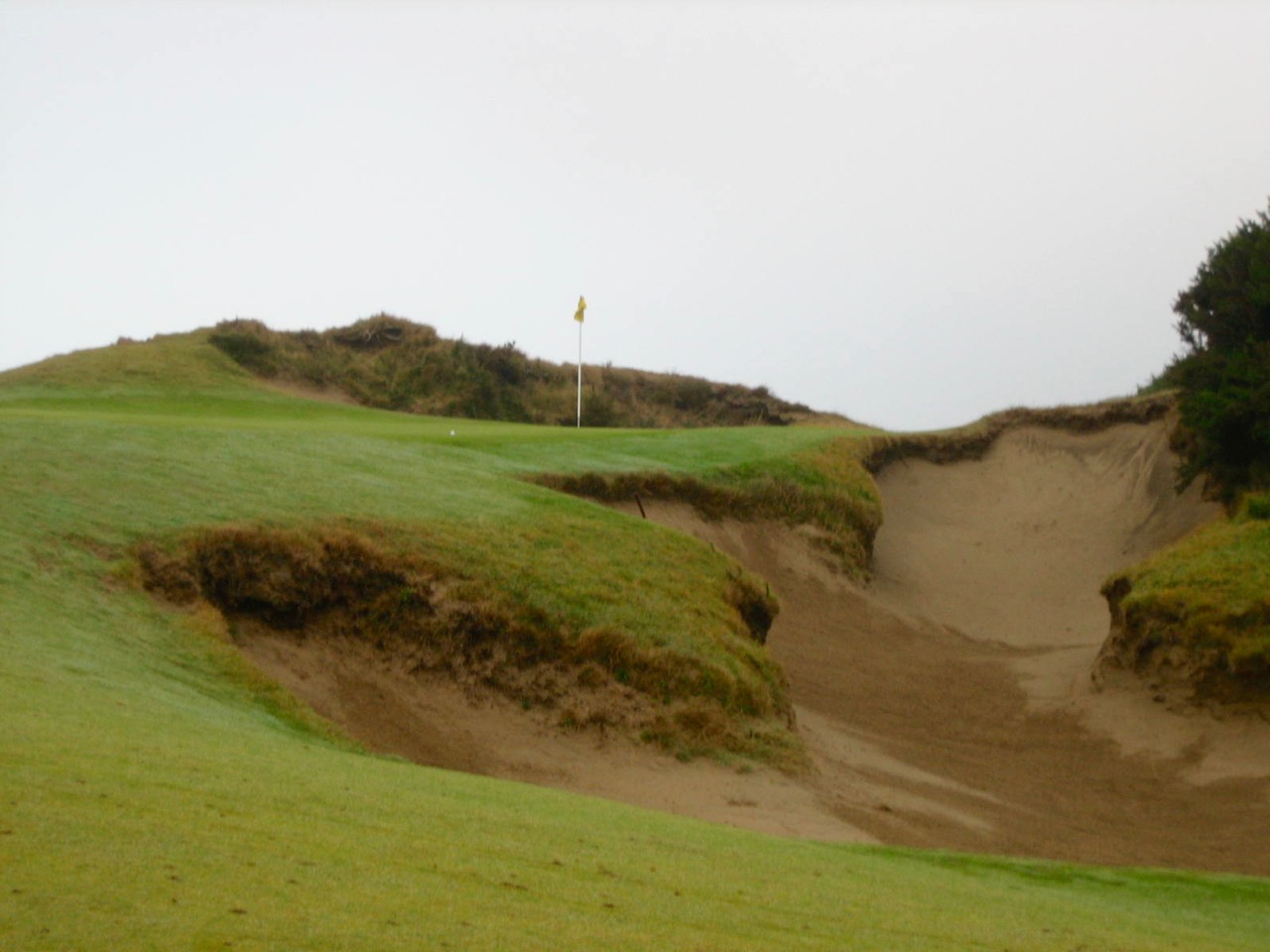
I know the 8th switches back against the 7th — two excellent, very different fade holes with difficult, very different putting surfaces — but, where the hell on the property are we now? The 9th — blind fairway, alternate greens — runs out toward the ocean, but again, where? How did we get here?
Looking at Google Maps the next morning, concentration was still required to follow the routing with all its shared ground and directional interplay (I strongly recommend the updated “World Atlas of Golf” picto-routing for this).
Pacific Dunes plays much more beneath the choppy dunescape than the other three Bandon courses so its holes are more hidden and discreet. It can feel like riding the subway, with stretches of interior isolation punctuated by populated stations where tees and greens intersect.

The propensity to feel lost inside the pockets of dunes, blow outs, gorse and conifers, reorienting only when breaking out along the ocean, is the core emotional experience of Pacific Dunes. The sense of being spun around and submerged, then left for a time to explore the contour and boundary of each hole, creates a sense of possession and intimacy. This be your area, your time, the course seems to say. More than any American course I know, Pacific Dunes is at once the most knowable and the most complex.

The routing of the course approaches something that’s probably akin to genius. It takes special talent to locate a collection of great holes amid a vast frontier of unlimited potential (see: Sand Hills), and perhaps something greater to find them in these confined quarters with so little room to spare.
Doak has spoken and written extensively over the years about the process of locating holes here, and it wasn’t easy. He worked at it. But the pivot and flow of the course, the coziness and roominess, the sleight of hand — it can be mesmerizing. If Bandon Trails is symphonic — Beethoven clashing hard and soft in distinct movements — Pacific Dunes is Mozart, a tight, melodic and almost mathematical concerto. (For those keeping score, the original Bandon Dunes course: Debussy; Old MacDonald: Mahler).
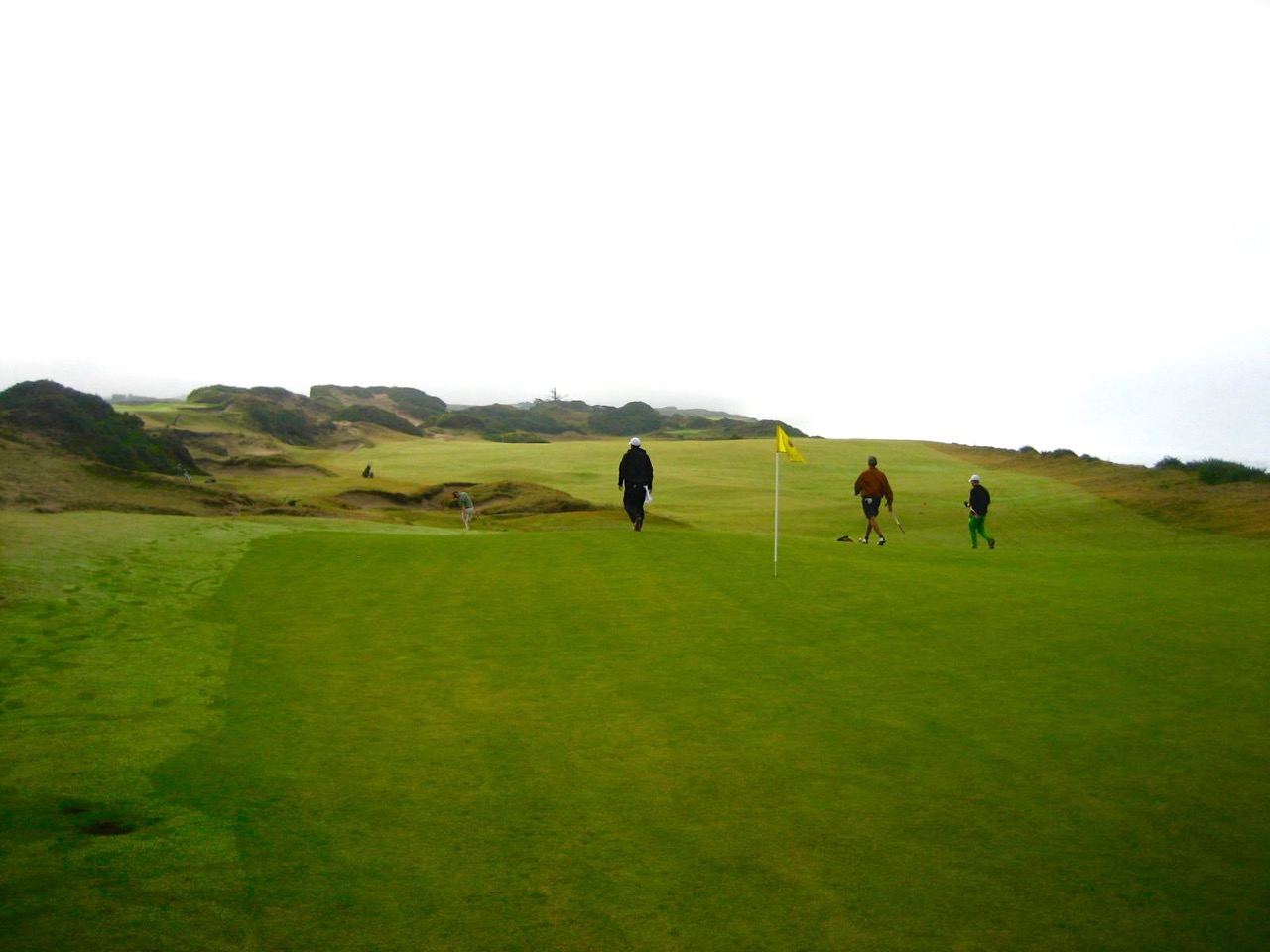
Fundamental to what makes Pacific Dunes such an unordinary expression of American golf is the way the grass extends out into the landscape and the way the contours bleed into greens and bunkers.
Of course this is the essence of links golf, and the antithesis of American golf. Fairways and greens appear as only slightly discernible manifestations of the ground. They are homogenous expressions of the site, not composite, defined pieces of golf terminology built out separately and assembled. American golf is definition, links golf is blurred lines.
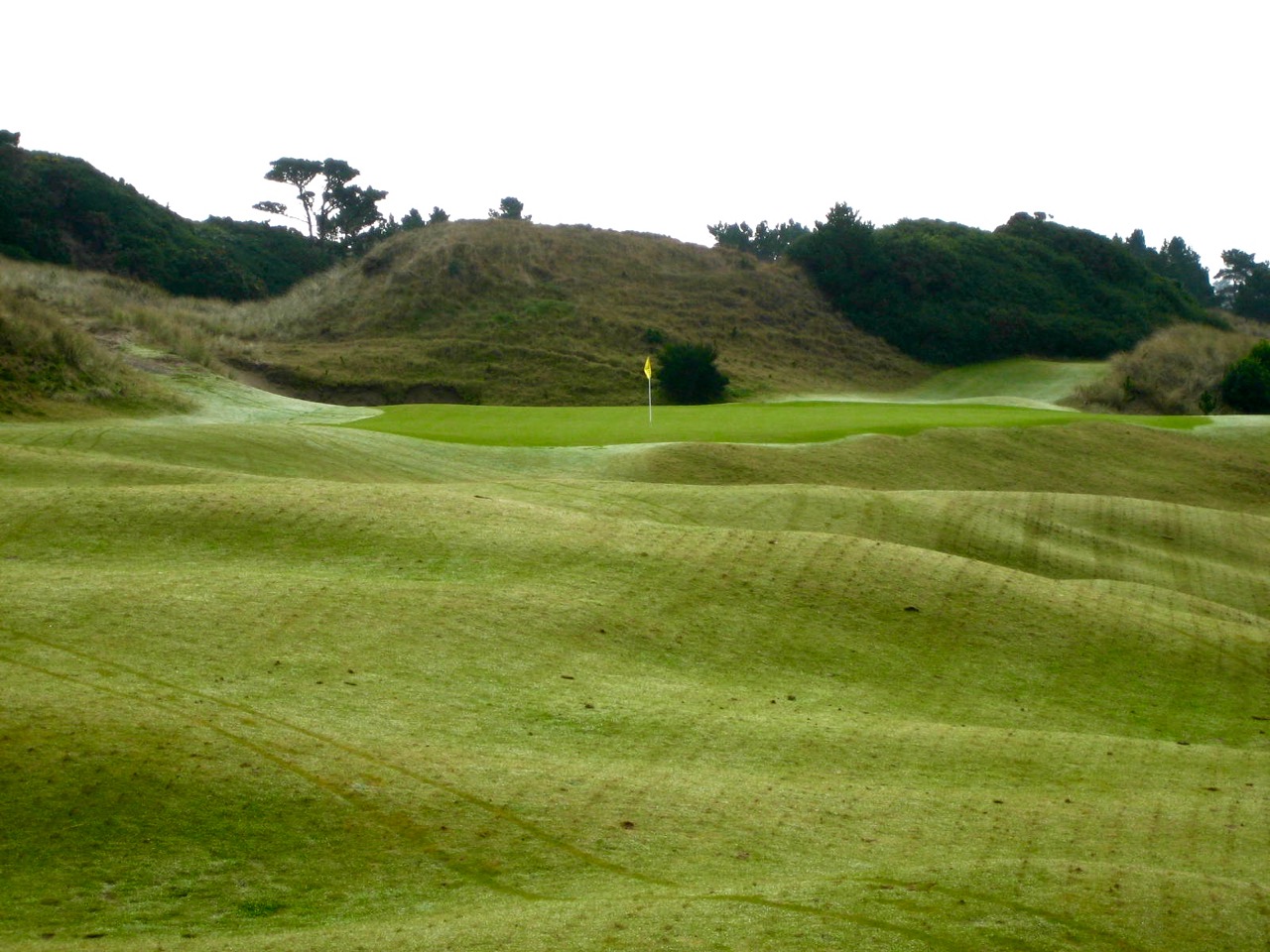
Tom Doak’s reputation as an architect and creative mind needs no further burnishing here, and better hole-by-hole exegeses of Pacific Dune’s attributes are found all over the internet (a good one is here). It goes without saying that this golf course has been elevated to the point of being nearly sacred.
At risk of being vague, lets quickly check some boxes: what we have here is width, classic variations on length, a panoply of green sizes and shapes, extreme natural contour, attractive hazards and some of the world’s most sensational sea aspects. There are only two holes, 12 and 15, that don’t reflect the same sense of wonder found everywhere else on the property, and these are still enjoyable par-5’s that give you a chance to rip it big with your first and second shots.
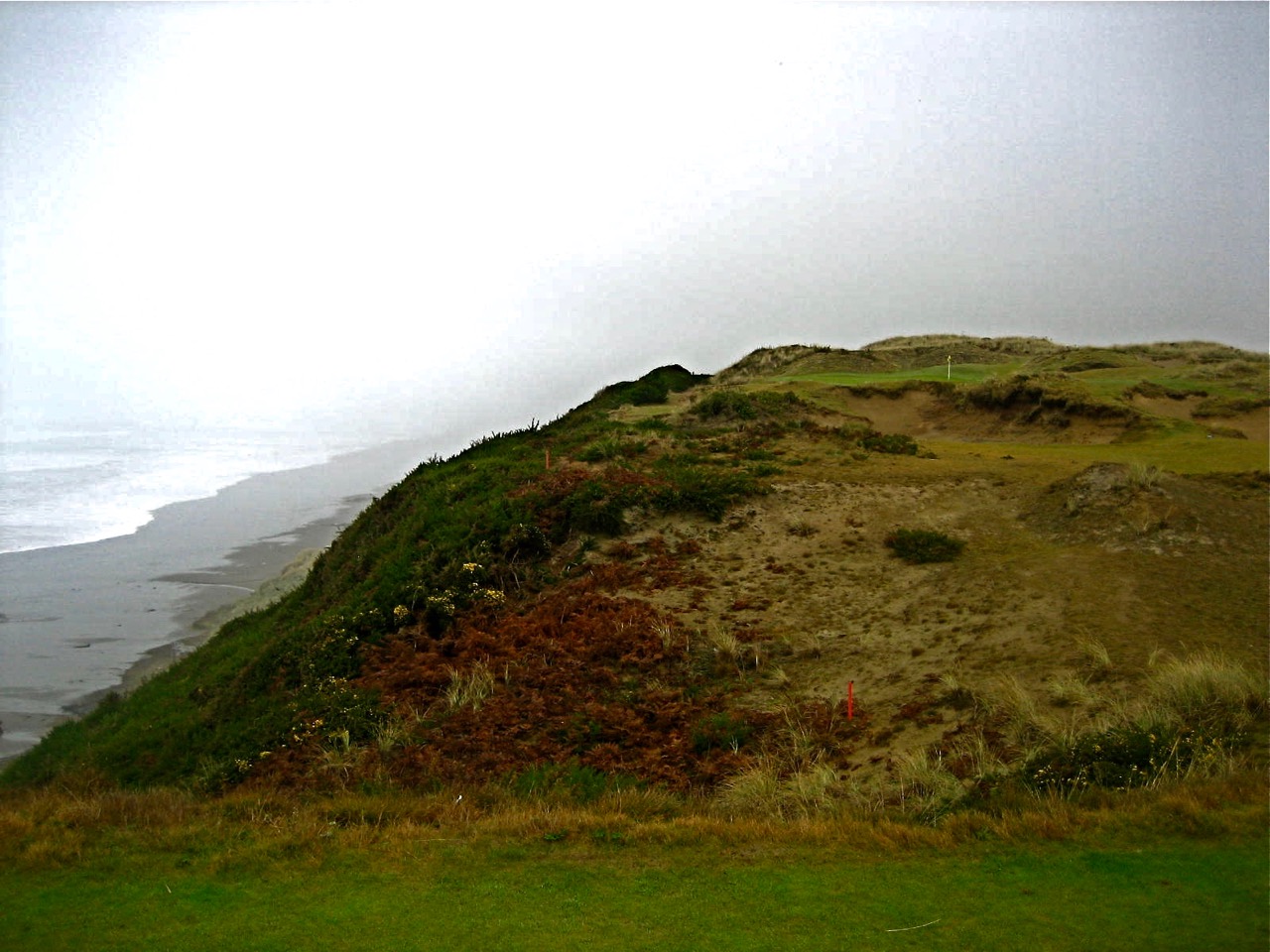
But in exploring why this course has such a profound effect, I keep coming back to the routing and the sense of mystery it evokes, how it alternately hides and reveals, the continual magnetic pull through one of golf’s great, pure landscapes.
It is earth in flux, a flow of sand and fescue and primordial brush. At Pacific Dunes you are always coming and going, moving over and down, in and out, and this sense of journey is as compelling as golf gets. (99)
Pacific Dunes, Bandon Dunes Golf Resort
Bandon, Oregon
Architect: Tom Doak
Opened: 2001
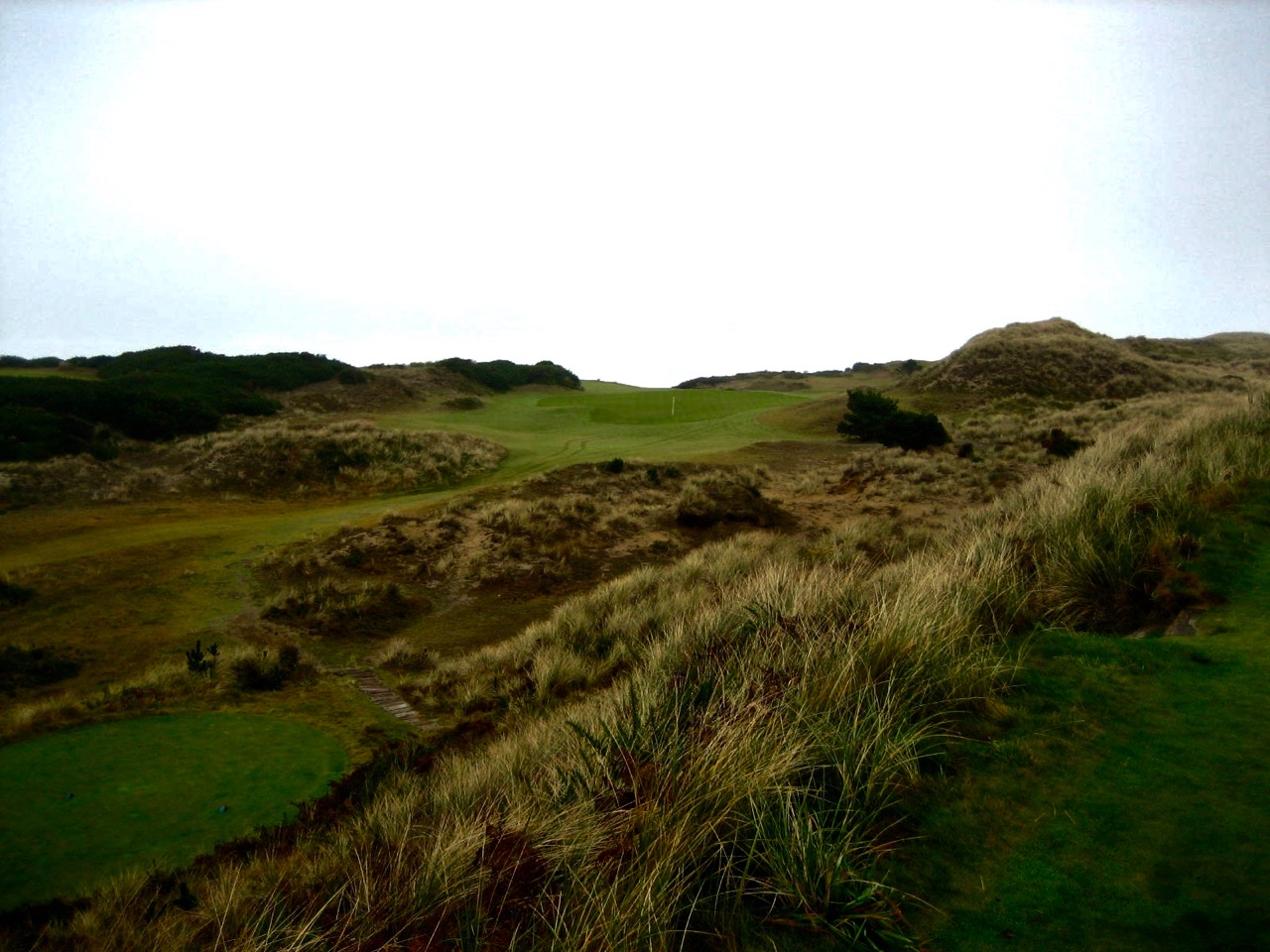
3 Replies to “Pacific Dunes — Blurred Lines”
Another good read. Dunc, next time your in Oregon, we’ll play Bandon and some other Southern Oregon gems.